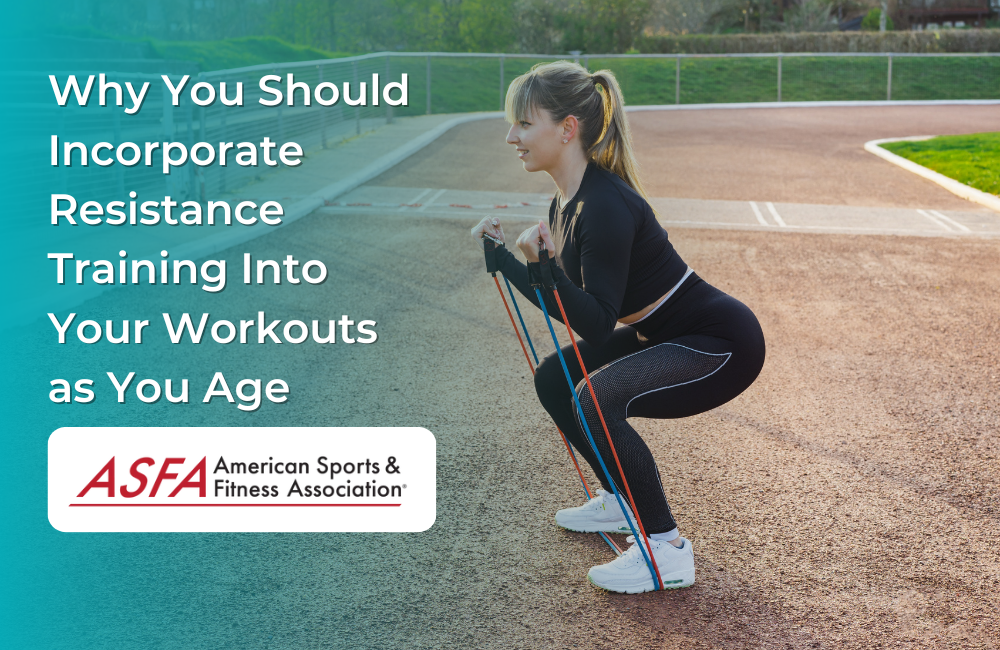As we age, it becomes increasingly important to pay attention to our physical health and wellbeing. This is especially true when it comes to resistance training. Incorporating resistance training into your workout routine as you age can have significant benefits for your overall health and quality of life. In this blog post, we will discuss why resistance training is so important for seniors and how you can incorporate it into your own exercise regimen. Read on to learn more about the benefits of resistance training for seniors and why you should consider adding it to your workout routine.
The Benefits of Resistance Training
Resistance training is an important part of any workout regimen and for seniors, it is especially beneficial. Resistance training can help improve strength, balance, and coordination. It can also help with weight control, reducing the risk of developing certain chronic diseases, and improving mental health.
Strength: Resistance training can help increase muscle mass and bone density which can decrease the risk of osteoporosis and fractures. Strength gains from resistance training can also improve your quality of life as you age by allowing you to do more everyday activities such as carrying groceries, moving furniture, and climbing stairs.
Balance: Resistance training can help with balance by improving coordination and muscle memory. This can help reduce the risk of falls.
Weight Control: Resistance training helps increase lean muscle mass which can help with weight management.
Reduce Risk of Chronic Disease: Resistance training has been shown to reduce the risk of Type 2 diabetes, heart disease, and certain cancers.
Mental Health: Resistance training has been shown to improve mood and overall mental health by releasing endorphins, boosting confidence, and providing a sense of accomplishment.
How to Get Started with Resistance Training
Resistance training is an essential part of any workout routine, especially for seniors. It is a great way to improve strength, bone density, balance, and coordination. The best way to get started with resistance training is to consult with your doctor or healthcare professional to determine the best plan for you.
Once you have the go-ahead from your doctor, you can begin by choosing a few simple exercises. Start off with light weights or bodyweight exercises such as squats, lunges, or push-ups. You can gradually increase the amount of weight or difficulty of each exercise as you progress.
It is important to focus on form and technique over speed and reps when starting out. Make sure to do the exercises correctly in order to avoid injury. It is also important to warm up and cool down before and after each session. Stretching can help prevent soreness and injury as well.
Remember to take breaks in between sets, and start out slowly. Take your time as you increase the intensity of your workouts and always listen to your body. With proper instruction, rest, and technique, you can start to see results in no time!
The Different Types of Resistance Training
Resistance training can be done in a variety of ways, making it an important form of exercise for seniors to incorporate into their regular routine. There are four main types of resistance training that are beneficial for older adults, each with its own advantages.
- Bodyweight Training: This type of resistance training utilizes your own bodyweight as the primary source of resistance. It is great for building strength and balance, as well as for maintaining flexibility. This type of resistance training is especially beneficial for seniors who may have limited access to gym equipment or those with mobility issues. Examples include squats, planks, push-ups, and crunches.
- Free Weights: Using free weights like dumbbells or kettlebells adds extra resistance, helping you to build muscle. Because of the range of motion, free weights also work on improving balance and coordination. Exercises that use free weights include bicep curls, shoulder presses, bent-over rows, and squats.
- Resistance Bands: These are versatile pieces of equipment that allow you to work different parts of your body with different levels of intensity. The elasticity of the bands makes them great for beginners who may not be able to lift heavy weights but want to challenge themselves without straining their muscles.
- Weight Machines: If you have access to a gym, using machines can be a great way to isolate certain muscle groups and really work on building strength. Machines like cable machines and leg presses allow you to use heavier weights while maintaining good form and avoiding any potential injury.
Incorporating all of these forms of resistance training into your workouts is an important step to staying fit as you age. It’s important to find the right balance between challenging yourself and making sure you don’t strain yourself too much. Working with a qualified personal trainer can help ensure that you are exercising safely and effectively.





